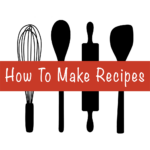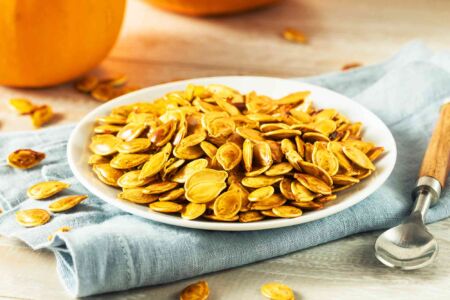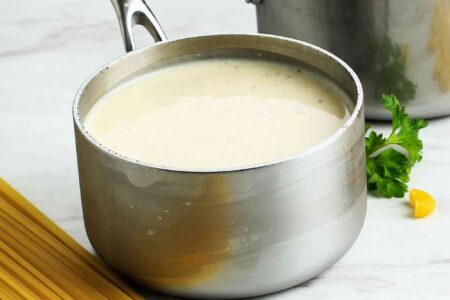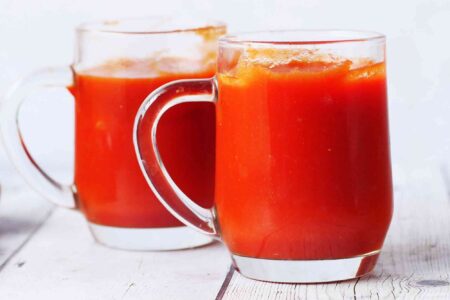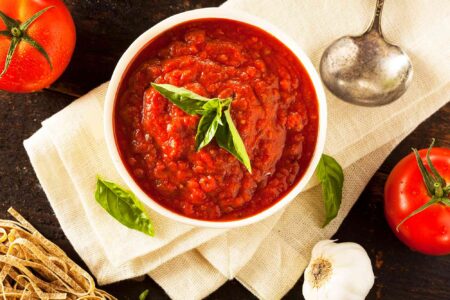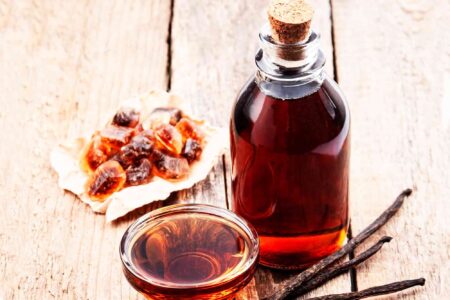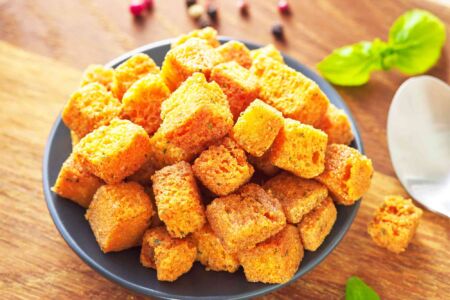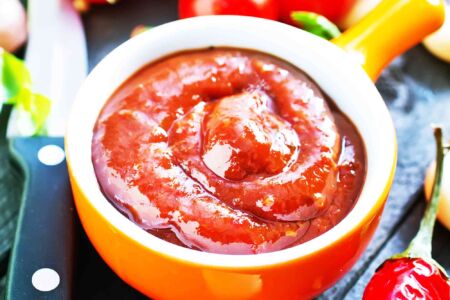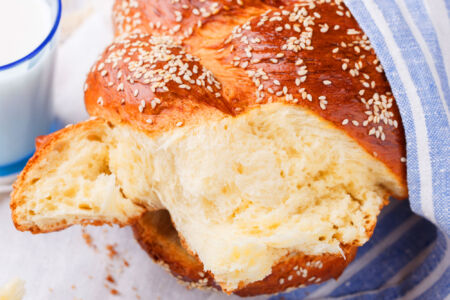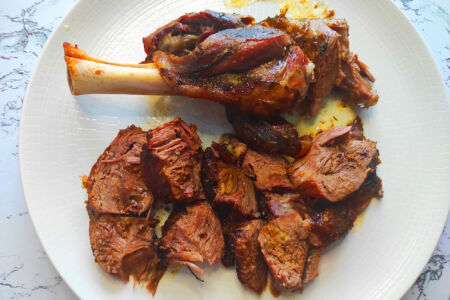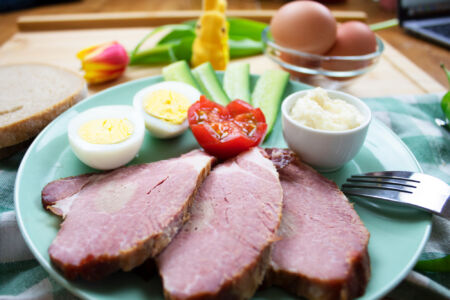Easy, Basic Buttercream For Your Desserts
Buttercream frosting, with its creamy texture and delightful sweetness, has been a staple in the world of baking and cake decoration for centuries.
It’s a versatile medium that has evolved and adapted over time, and it continues to captivate bakers and dessert enthusiasts worldwide.
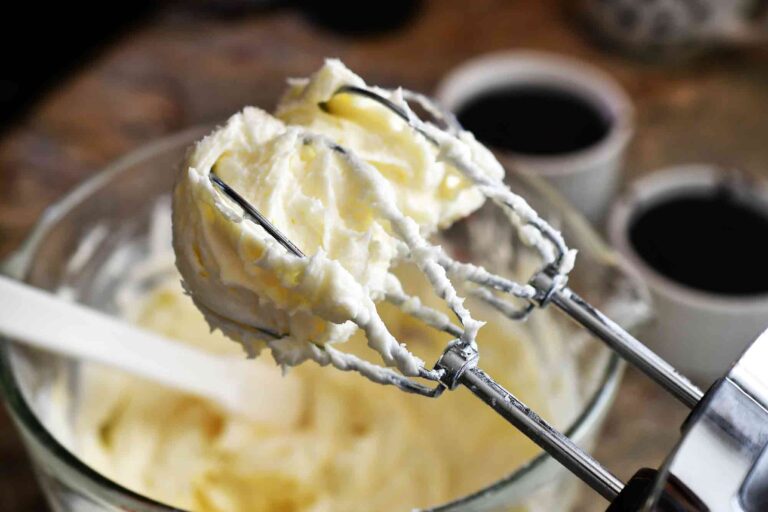
Easy, Basic Buttercream For Your Desserts
| Prep time | Cook Time | Rest Time | Total Time |
|---|---|---|---|
| 15 min | - | 15 min |
Historical Roots
It’s origins can be traced back to 17th-century Europe, where it was initially made by blending butter and sugar.
However, early versions were quite grainy compared to today’s smooth and luscious buttercream.
The addition of eggs and other flavorings over time transformed it into the frosting we know today.
Types of Buttercream
There are various types of buttercream, including American (made with butter, powdered sugar, and flavorings), Swiss meringue (egg whites, sugar, and butter), and Italian meringue (similar to Swiss but with a hot sugar syrup).
Each type offers a unique texture and flavor profile, making it versatile for different cake decorating styles.
Creative Possibilities
Buttercream is not just for frosting cakes, it’s a canvas for creative expression. Talented bakers and cake decorators use buttercream to create intricate designs, from elegant wedding cakes adorned with delicate flowers to whimsical birthday cakes featuring 3D characters.
With the right tools and techniques, the possibilities are endless.
Flavor Innovations
Beyond the classic vanilla, buttercream can be infused with various flavors, such as chocolate, fruit purees, coffee, or even lavender.
This allows bakers to tailor their creations to match their desired taste profiles or seasonal themes.

Texture Mastery
Achieving the perfect buttercream texture is an art in itself. Bakers can manipulate its consistency, from stiff for intricate piped designs to light and airy for a smooth finish.
Learning the nuances of temperature and ingredient ratios is key to mastering the art of buttercream.
Modern Trends
In recent years, buttercream has seen a resurgence in popularity due to its versatility and the trend toward more artisanal, homemade desserts.
It’s also a favorite choice for those seeking natural ingredients, as it can be made with minimal additives.

Whether you’re a seasoned baker or a novice in the kitchen, experimenting with buttercream offers a delightful journey of creativity and taste. As you delve into the world of buttercream, you’ll discover that this seemingly basic frosting is anything but ordinary.
Its rich history, adaptability, and potential for artistic expression make it a sweet essential in the world of baking.
Ingredients
Instructions
In a mixing bowl,
beat the softened butter with an electric mixer on medium speed until it becomes creamy and smooth.
Gradually add the sifted powdered sugar to the butter, one cup at a time, while continuing to beat on low speed.
Scrape down the sides of the bowl as needed.Add the vanilla extract and a pinch of salt (if using). Mix until well combined.
Add double cream or milk, one tablespoon at a time, and beat the mixture on medium-high speed until you reach your desired consistency.
You may need to adjust the amount of liquid to achieve the right texture.
The more cream/milk you add, the softer and creamier the buttercream will be.Once the buttercream is smooth and fluffy, it’s ready to use for frosting cakes, cupcakes, or other desserts.
If you’re not using it immediately, cover the buttercream with plastic wrap or store it in an airtight container in the refrigerator.
Enjoy, Good Appetite!
